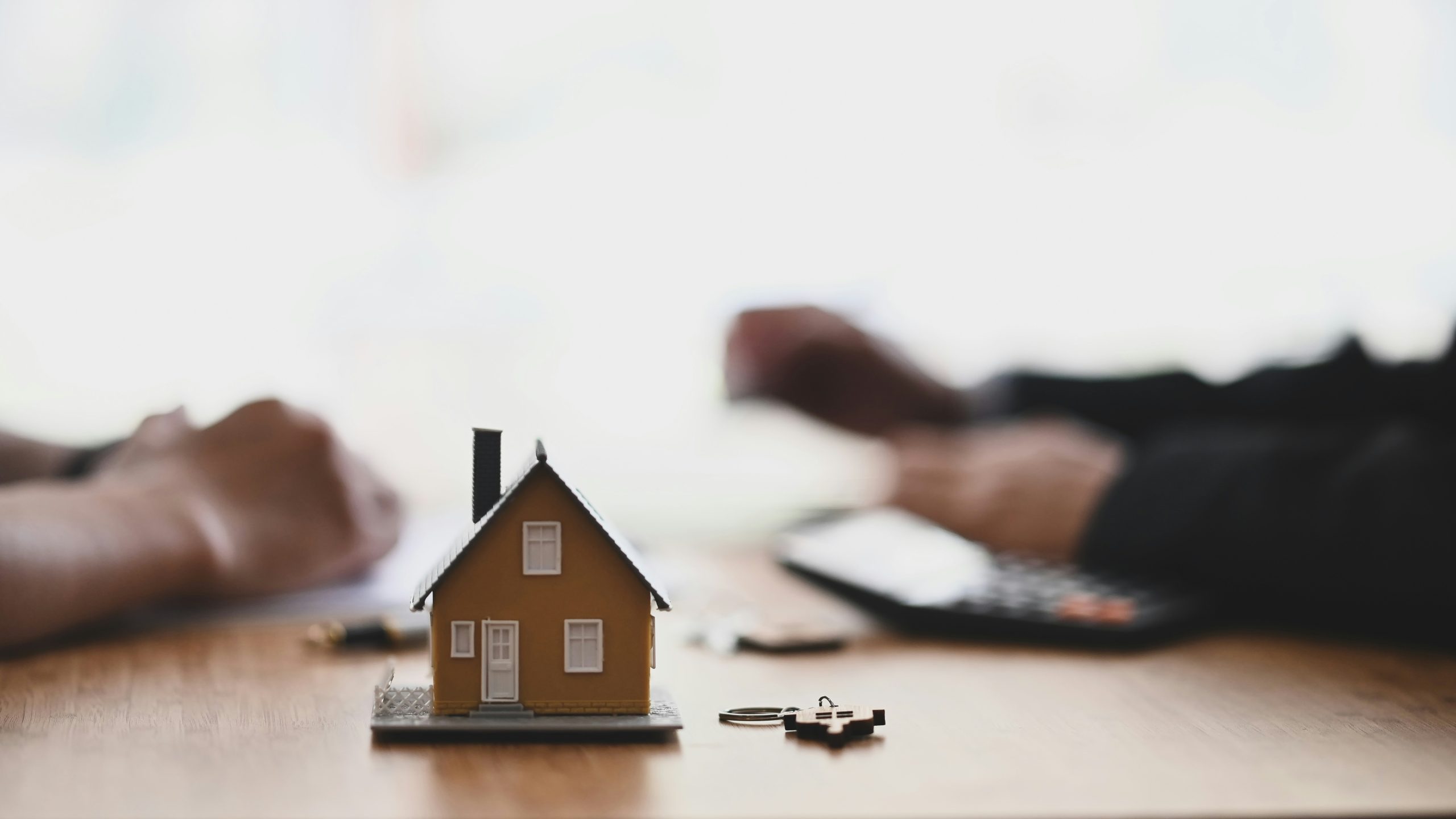Main Content

How to Find a Home That Supports Aging in Place
For many homebuyers, especially those in their 50s and 60s, house hunting isn’t just about lifestyle today. It’s also about planning for tomorrow. That’s where the concept of aging in place comes in: choosing a home where you can live comfortably, safely, and independently for decades to come.
Here’s what to look for when buying a home that can adapt with you, plus the key features that make aging in place not just possible, but enjoyable.
Why Plan for Aging in Place?
The majority of Americans want to remain in their homes as they age rather than move to assisted living or care facilities. And with smart home design and planning, that’s more achievable than ever.
Looking for aging-in-place potential during your home search helps you:
- Avoid expensive renovations later
- Prevent unnecessary moves
- Maximize comfort and independence
- Future-proof your investment
10 Essential Features for Aging in Place
1. Single-Level Living
A home with no interior stairs or at least one that includes a primary bedroom, bathroom, kitchen, and laundry on the main floor is ideal. Stairs are one of the first barriers to mobility as we age.
2. Zero-Threshold Showers
Walk-in or “curbless” showers are a must. They eliminate the tripping hazard of a tub edge and can easily be paired with grab bars, slip-resistant flooring, and a built-in bench.
3. Wide Doorways and Hallways
Look for homes with at least 36-inch-wide doorways and hallways. This ensures accessibility for walkers or wheelchairs and creates an open, easy-to-navigate feel overall.
4. No-Step Entry
A home with at least one ground-level entrance (no front porch steps) provides seamless access. Consider driveways and garages with direct entry into the home without steps or narrow thresholds.
5. Accessible Bathroom Layouts
Large bathrooms that allow room to move freely are key. Extra considerations:
- Reinforced walls for grab bar installation
- Comfort-height toilets
- Lever-style faucet handles
- Adequate lighting
6. Main-Floor Laundry
A laundry room on the same floor as your bedroom and bathroom is a major convenience—no stairs or hauling baskets needed.
7. Open Floor Plans
An open layout minimizes narrow corridors and makes it easier to get around. Plus, it allows for future layout flexibility if furniture needs to be rearranged for accessibility.
8. Smart Home Features
Smart lighting, thermostats, locks, and appliances can increase safety and convenience as we age. Look for homes that already include these features or have the infrastructure to add them easily.
9. Non-Slip, Low-Maintenance Flooring
Hard surface flooring (like luxury vinyl, wood, or tile) with a non-slip finish is preferable to carpet or glossy tile. Bonus: it’s easier to clean and less likely to trap allergens.
10. Low-Maintenance Outdoor Areas
Large, high-maintenance yards may be burdensome later. Prioritize patios, drought-tolerant landscaping, and homes with HOA-managed front yards for less upkeep.
Bonus Considerations
- Proximity to healthcare facilities and grocery stores
- Quiet neighborhoods with walkable paths and parks
- First-floor guest bedrooms (for caregivers or family)
- Communities with age-inclusive amenities like fitness classes, clubs, or shared transportation options
Final Thought
Aging in place doesn’t mean compromising on beauty or lifestyle, it means choosing a home that supports your independence for years to come. Whether you're buying your forever home or just planning ahead, incorporating these features into your search can give you both peace of mind and long-term value.
At the Stephanie Younger Group, we help clients at every stage of life find homes that are not just perfect for today but adaptable for tomorrow. If aging in place is part of your plan, we’ll help you find a home that fits your future.

















